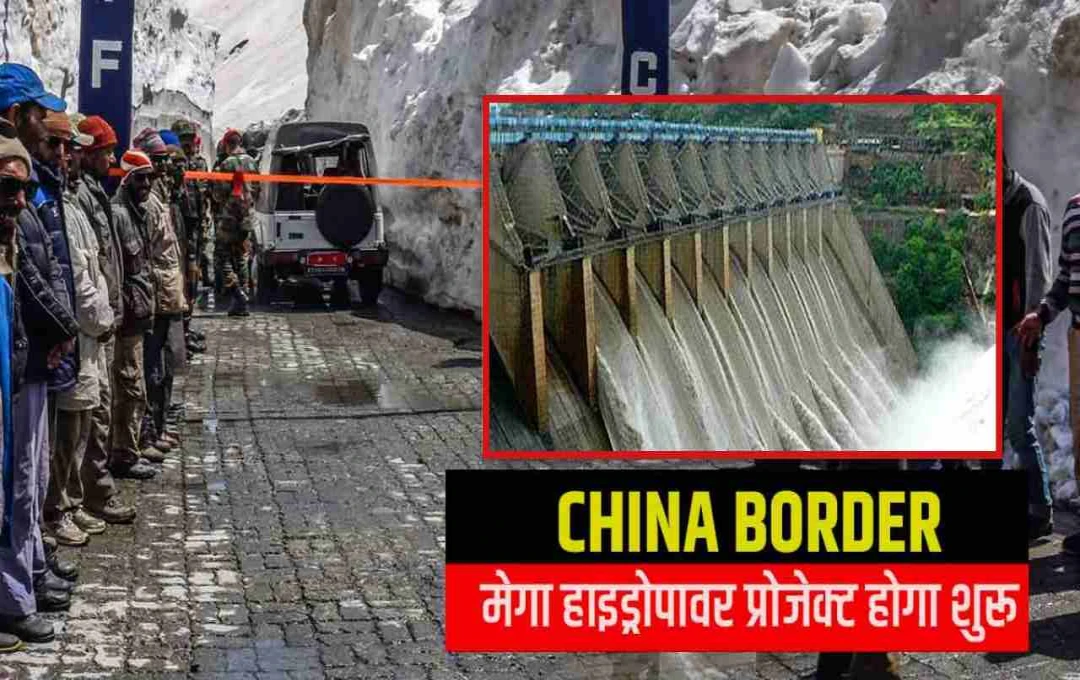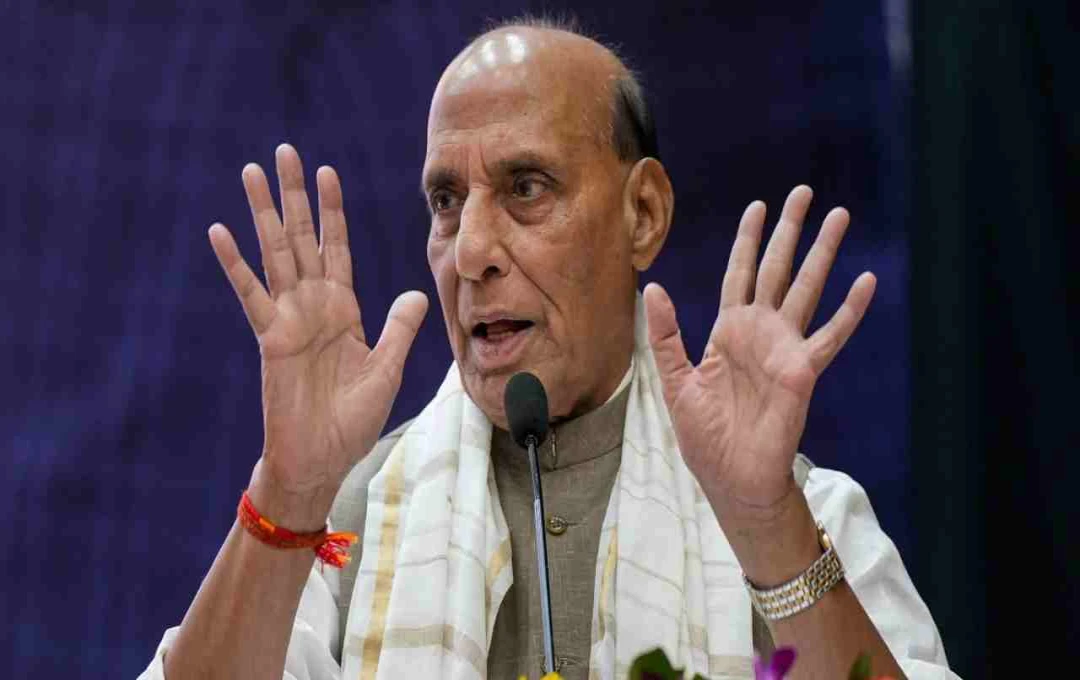Amid reports of the construction of the world's largest dam in China's Tibet region, India has taken a strategic step. The Union Ministry of Environment has granted green clearance to the 2,220 MW Oju Hydro Power Project, located in the Upper Subansiri district of Arunachal Pradesh.
New Delhi: China is constructing the world's largest dam on the Yarlung Tsangpo river in Tibet, which is being cited as a major concern for India. Meanwhile, an Expert Appraisal Committee of the Union Ministry of Environment has approved the 2,220 MW Oju Hydroelectric Project, located in Arunachal Pradesh's Upper Subansiri district, near the China border.
This project is considered one of India's largest run-of-river hydroelectric projects. The Oju project is estimated to cost approximately Rs 25,000 crore and is likely to take at least five years to complete.
Project Features
The total estimated cost of the Oju Hydroelectric Project is approximately Rs 25,000 crore, and it will take at least five years to complete. This project is located in a strategic area adjacent to the India-China border. In the context of the world's largest dam being built by China on the Yarlung Tsangpo river, this project holds special significance from a security and energy perspective. The Oju project is the largest in the series of proposed dams on the Subansiri river. It includes:

- A 100-meter-high concrete gravity dam
- A headrace tunnel over 14 kilometers long
- An underground powerhouse complex
These are included. Due to its long gestation period and technical complexities, this project has been under construction for approximately 20 years.
Arunachal Pradesh's Third Largest Hydroelectric Project
The Oju project is Arunachal's third largest project to receive environmental clearance. The state already has:
- The 3,087 MW Etalin Project
- The 2,880 MW Dibang Project
established. After these projects, the Oju Project has gained special significance due to its strategic and energy-related role.
Environmental Safety Measures and Monitoring
The Expert Appraisal Committee (EAC) of the Union Ministry of Environment, while approving the project, has instructed the developer to adhere to several safety and environmental measures. These include:
- Incorporating a glacial lake outburst flood (GLOF) scenario into the design – preparing structural designs based on flood predictions.
- Real-time Early Warning System – establishing a system to immediately inform residents in the project area and its vicinity during emergencies.
- Community Preparedness Drills – preparing local communities to cope with floods and emergency situations.
- Environmental Impact Study – conducting a detailed study five years after the project's commissioning to assess its environmental effects.
China is building the world's largest dam on the Yarlung Tsangpo river in Tibet, which is considered serious from India's security and water flow perspective. The approval of the Oju project, in this context, signals an effort to maintain strategic balance and strengthen the country's energy security.















